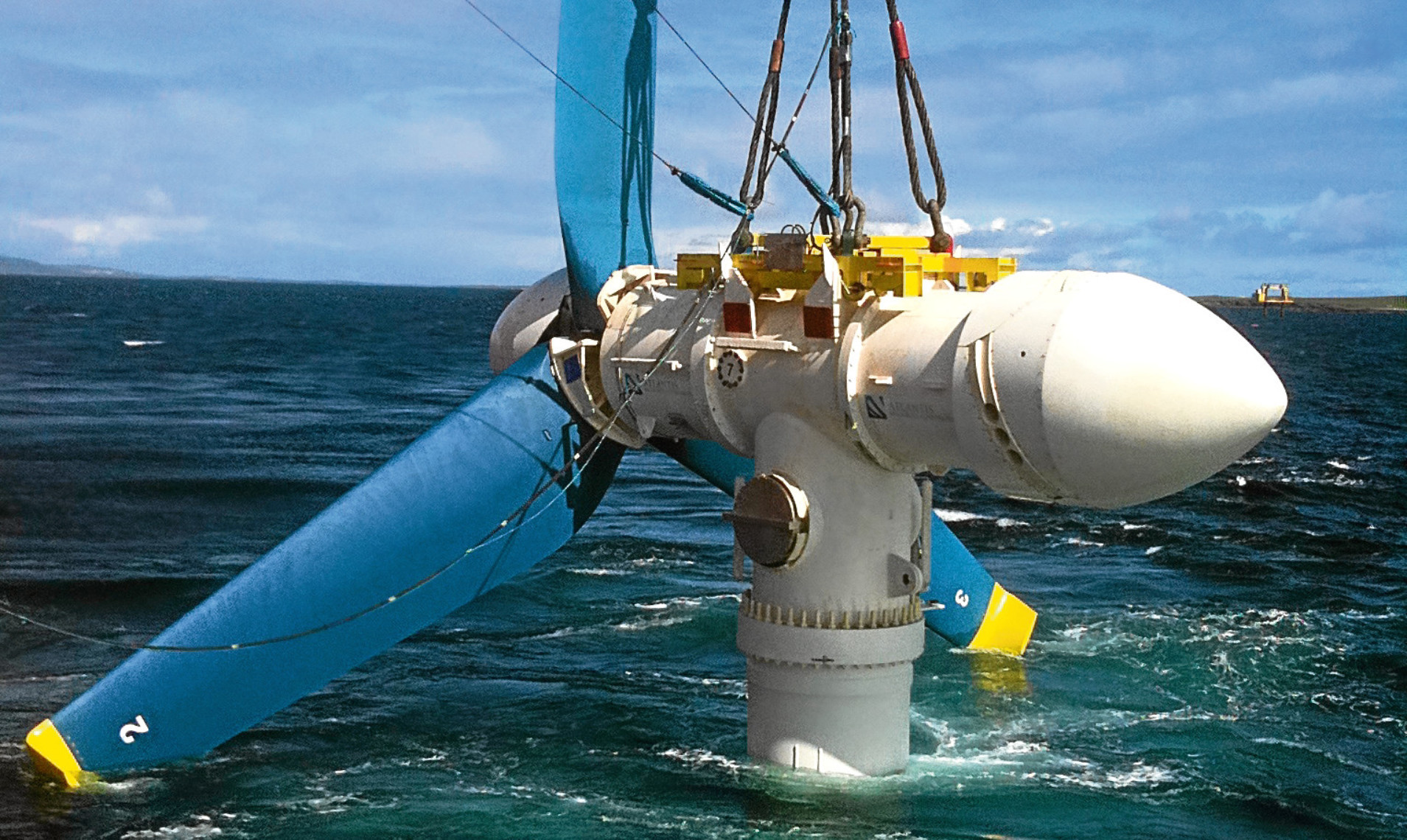

Some of the disadvantages of tidal energy are: High tidal power plant construction costs. Operational and maintenance costs are low.


This makes tidal energy a prime candidate for renewable energy, especially seeing that climate change hasn’t impacted currents enough to make tidal energy completely unpredictable. Tidal energy is also a renewable source of electricity which does not result in the emission of gases responsible for global warming or acid rain associated. Some advantages of tidal energy are: Environment-friendly. The moon isn’t going to stop spinning around the Earth anytime soon (and if it does, we have bigger problems to think about than turbines). Right now, there are only two commercial tidal power plants operating. However, it is expensive to produce and there is a limited availability of sites with sufficient ranges between low and high tides as well as tidal flow. (The devices often look more like ship propellers than typical wind turbines, Karal notes.) The turbines can also operate at pretty much any depth: The most recent Japanese model is attached to the sea floor, but some models like Scotland’s Orbital Marine Power float and use robotic legs to capture energy from the topmost part of the ocean. Tidal power has great potential as a source of green energy because it is more reliable than wind and solar power. This method is gaining in popularity because of the lower ecological impact compared to the second type of system, the barrage. As currents stream through tidal turbines, they rotate and generate electricity. Tidal power can be classified into two types, Tidal stream systems make use of the kinetic energy from the moving water currents to power turbines, in a similar way to underwater wind turbines. These fluxes below the water’s surface act as the power source for sea-based turbines.


 0 kommentar(er)
0 kommentar(er)
